Fisher & Paykel Dryer Repair
Volt & Vector Appliance Repair
23 Google reviews
Experience premium Fisher & Paykel Dryer service with advanced diagnostics, guaranteed same-day availability, and a $99 diagnostic fee (credited to repair) and a 180-day warranty.
Local techs
+1 (332) 333-1709
.avif)

Fisher & Paykel Dryer repairs with a $99 diagnostic fee and OEM parts guarantee.
Fisher & Paykel Dryers in Brooklyn and Manhattan are known for their efficiency, but when they fail, the pain points can spiral rapidly. Chesapeake cascading system failures can lead to significant energy waste, complicating the already tight NYC living conditions where space is limited. These disruptions, coupled with delivery delays for parts, can make what is often a simple repair feel insurmountable for busy residents.
At Volt & Vector, we provide advanced diagnostics tailored to the unique challenges of city living. Utilizing multimeter testing, control board signal tracing, and sealed system pressure analysis, our skilled technicians address issues on-site with borough-specific dispatch logistics for minimal downtime. This is crucial especially in high-rise buildings where access complications may arise.
Our service sets the standard with a $99 diagnostic fee (credited to repair) and a 180-day warranty on parts and labor. We pride ourselves on same-day availability and an OEM parts guarantee to get your dryer back to peak performance efficiently.
Understanding Fisher & Paykel Error Codes
Code E4: The dryer is experiencing an issue with the process fan, affecting drying performance.
Possible Causes:
- Clogged or blocked venting system
- Faulty or broken process fan
- Electrical connection issues with the fan
User Actions:
- Ensure the dryer vent is clear of lint and obstructions.
- Inspect the electrical connections to the dryer to make sure they are secure.
- Run a test cycle to see if the issue persists after clearing any obstructions.
Technical FAQs & Diagnostic Insights
Q: What does code E4 indicate for my dryer?
A: This indicates a process fan malfunction, which may point to a clogged vent or electrical issues, all of which we thoroughly test during service.
Q: What causes leaking in my Fisher & Paykel Dryer?
A: Leaking can often originate from a damaged door seal or condensation build-up, which are common areas of concern we address.
Q: How should I respond to my dryer making excessive noise?
A: Increased noise often results from failing drum bearings or other mechanical components that may need immediate attention for safe operation.
Q: Can you help with the moisture sensor failures I've been experiencing?
A: Inconsistent drying cycles usually indicate moisture sensor faults, we test these sensors directly as part of our diagnostic services.
Advanced Pre-Service Checks for Homeowners
Load testing the dryer circuit breaker for dedicated line integrity.
Measuring thermistor resistance values when easily accessible.
Visually assessing condenser coils for dust accumulation or blockages.
Performing a door seal vacuum test to ensure an airtight closure.
Executing control lock/reset procedures to reset the system.
Warning: Sealed system work, gas valve manipulation, or persistent electrical issues pose serious risks and require professional assistance.
Advanced Pro Maintenance Tips
Noise/Vibration: To mitigate noise and vibration from the drum bearing assembly, perform a thorough inspection of the bearing for wear and lubricant degradation. Use a precision lubrication probe to apply OEM-specified grease to the bearing surfaces, ensuring they remain free of excess dirt and debris that can exacerbate noise—be mindful of high-rise installations where space constraints may lead to vibrations affecting structural elements.
Leaking: Inspect the door gasket and perform the dollar bill test to ensure an airtight seal; the bill should not slide out easily when pulled. Given NYC's high-rise water pressures, check the integrity of the drain pump for clogs or malfunctions, following the OEM maintenance schedule for cleaning and part replacement to prevent future leaks.
No Heat: Before accessing the internal components, ensure that you disconnect both power and gas supply to avoid safety hazards. Test the heater element for continuity using a multimeter, and ensure that the thermostat is set correctly and functioning according to OEM specifications, as frequent thermal cycling can lead to premature failures in NYC’s varied electrical environments.
Noise/Vibration: Check the alignment and tension of the drive belt regularly, as improper tension can lead to excessive noise and vibration. In tight NYC spaces, consider using a belt tension gauge to adjust the belt to OEM specifications, ensuring secure mounts and bearings for optimal operation.
Expert Cost-Benefit Analysis: Repair or Replace?
Repairing a Fisher & Paykel Dryer often hinges on the age and specific failure of critical components such as the compressor, control board, and sealed system elements. Typically, repairs within a reasonable cost ratio of replacement can be justified, especially considering NYC's labor costs.
As you weigh replacement, look for factors such as energy efficiency ROI, improper part availability leading to prolonged repairs, cumulative repair costs approaching threshold (usually 70%), and logistical considerations for large appliance deliveries in dense Manhattan.
Advanced Pro Maintenance Tips
Noise/Vibration: To mitigate noise and vibration from the drum bearing assembly, perform a thorough inspection of the bearing for wear and lubricant degradation. Use a precision lubrication probe to apply OEM-specified grease to the bearing surfaces, ensuring they remain free of excess dirt and debris that can exacerbate noise—be mindful of high-rise installations where space constraints may lead to vibrations affecting structural elements.
Leaking: Inspect the door gasket and perform the dollar bill test to ensure an airtight seal; the bill should not slide out easily when pulled. Given NYC's high-rise water pressures, check the integrity of the drain pump for clogs or malfunctions, following the OEM maintenance schedule for cleaning and part replacement to prevent future leaks.
No Heat: Before accessing the internal components, ensure that you disconnect both power and gas supply to avoid safety hazards. Test the heater element for continuity using a multimeter, and ensure that the thermostat is set correctly and functioning according to OEM specifications, as frequent thermal cycling can lead to premature failures in NYC’s varied electrical environments.
Noise/Vibration: Check the alignment and tension of the drive belt regularly, as improper tension can lead to excessive noise and vibration. In tight NYC spaces, consider using a belt tension gauge to adjust the belt to OEM specifications, ensuring secure mounts and bearings for optimal operation.
About our company:
Volt & Vector — Professional Appliance Repair Service in New York City
Diagnostic Workflow
- Model & serial verification (rating-plate photo).
- Functional test — run service mode, retrieve stored error codes.
- Electrical measurement — voltage, amperage, resistance under load.
- Mechanical check — motors, valves, belts, pumps, airflow or coolant path.
- Safety validation — water, gas, or vent integrity.
- Estimate issued before repair authorization.
If the client proceeds, the diagnostic credit applies in full. Every visit is logged with readings and photos for warranty traceability.
Parts & Sourcing
Only factory-original OEM components from authorized distributors.
Each part is tracked by model, serial, and invoice ID.
We never use rebuilt electronics or aftermarket substitutes.
Refrigeration and sealed-system work performed by EPA 608-certified technicians.
Warranty & Compliance
- 180 days on both parts and labor.
- Documentation stored in secure cloud system for repeat-visit reference.
- COI and technician ID available for building management.
- All work complies with NYC Electrical & Plumbing Codes §27-740 et seq.
Safety Protocol
If there’s water leakage, cut the supply immediately.
If smoke, odor, or sparks appear — shut the breaker and disconnect.
Technicians arrive with insulated tools, PPE, and isolation testers rated to 1000 V CAT III.
Pre-Visit Checklist for Clients
- Confirm building access / doorman / elevator window.
- Provide brand + model + symptom (photo helps).
- Clear workspace around appliance (2–3 ft).
- If possible, note any error code or behavior pattern.
These steps reduce diagnostic time and ensure correct parts are dispatched.
Service Coverage
Brooklyn: Downtown, Brooklyn Heights, Park Slope, Williamsburg, Greenpoint, Bed-Stuy, Carroll Gardens, Prospect Heights, Flatbush.
Manhattan: FiDi, Battery Park, Tribeca, SoHo, Chelsea, Midtown, UES, UWS, Gramercy, Village.
Text alerts are sent ≈ 30 minutes before arrival.
Data & Documentation
Volt & Vector maintains a private service database linking symptoms, part numbers, and test results across thousands of NYC appliances.
Why Clients Choose Volt & Vector
- Local operation: no subcontract chains.
- Direct communication: text / email / call — no call-center delays.
- Technical credibility: trained on Bosch Benchmark, Miele W1/T1, Sub-Zero sealed-system platforms.
- COI & property compliance: trusted by NYC building management.
- Fast logistics: inventory and supplier network inside the five boroughs.
Commitment to Repair Ethics
Every successful repair extends appliance life, lowers energy waste, and avoids landfill scrap.
All replaced components are recycled through certified NYC facilities.
“Repair First” is our environmental and professional baseline.
Schedule Service
- Text or call (332) 333-1709.
- Send appliance info + photos.
- Receive ETA and firm estimate.
- Technician arrives within your chosen window, completes service, provides digital invoice and warranty.
Volt & Vector — Built for NYC by Real Techs
Professional diagnostics, OEM components, documented results.
Transparent pricing. Zero guessing. Guaranteed repair.
Primary Services
See the full catalog of our services—organized by brand and by appliance—right here.



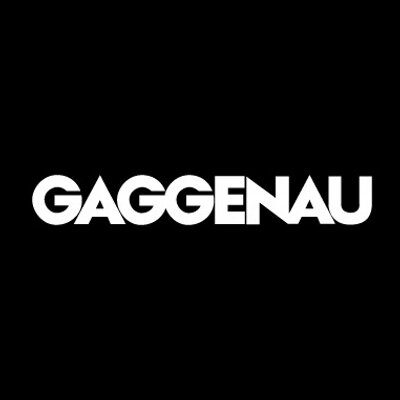
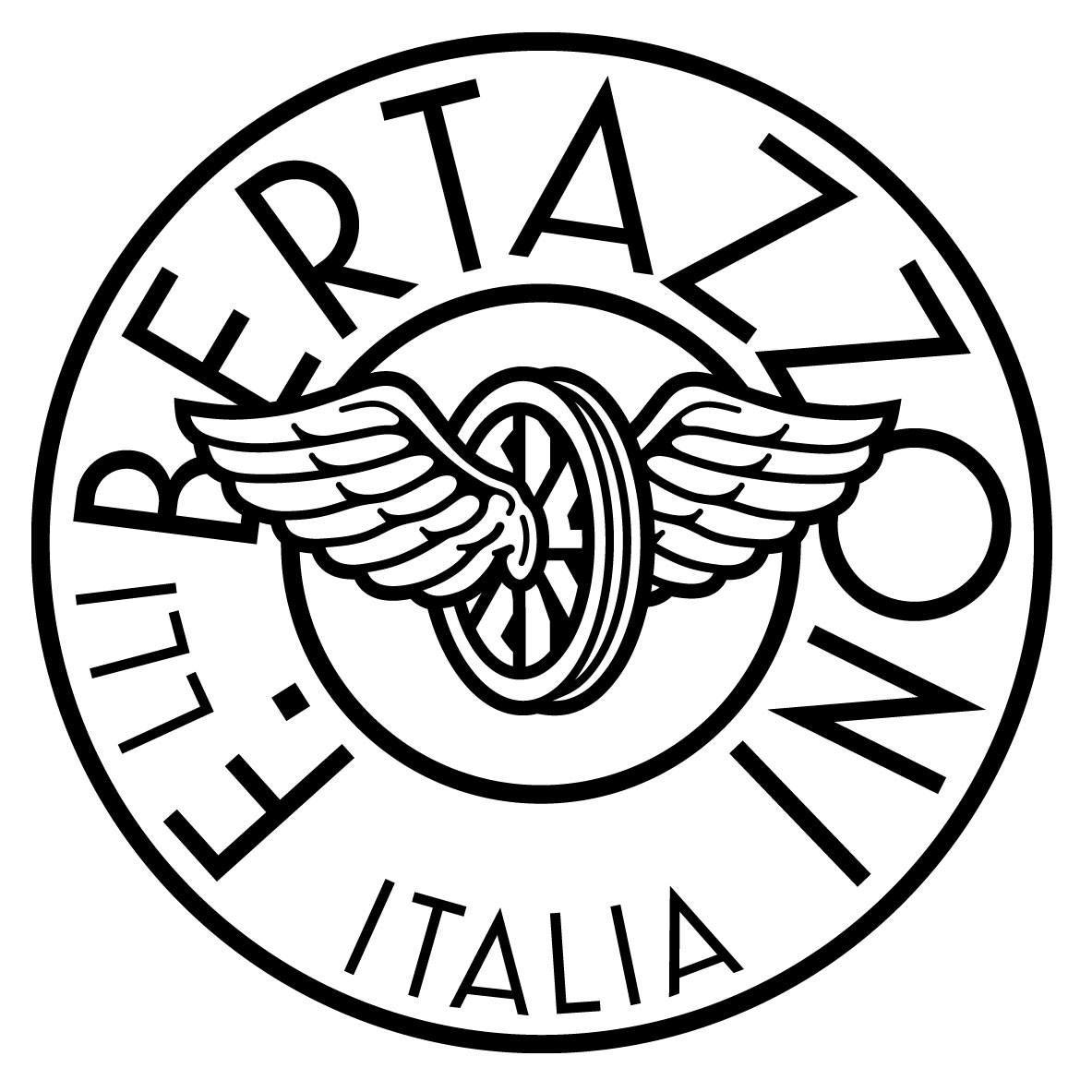



















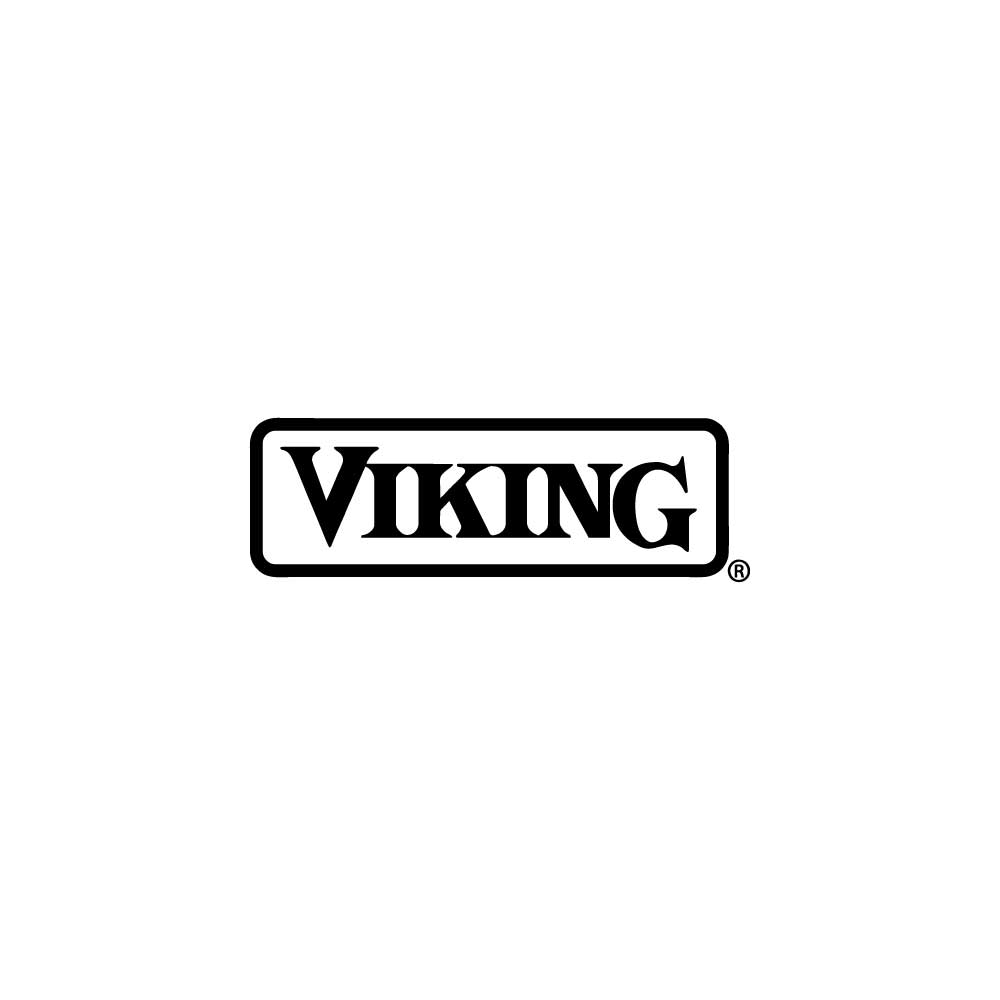










.svg.png)




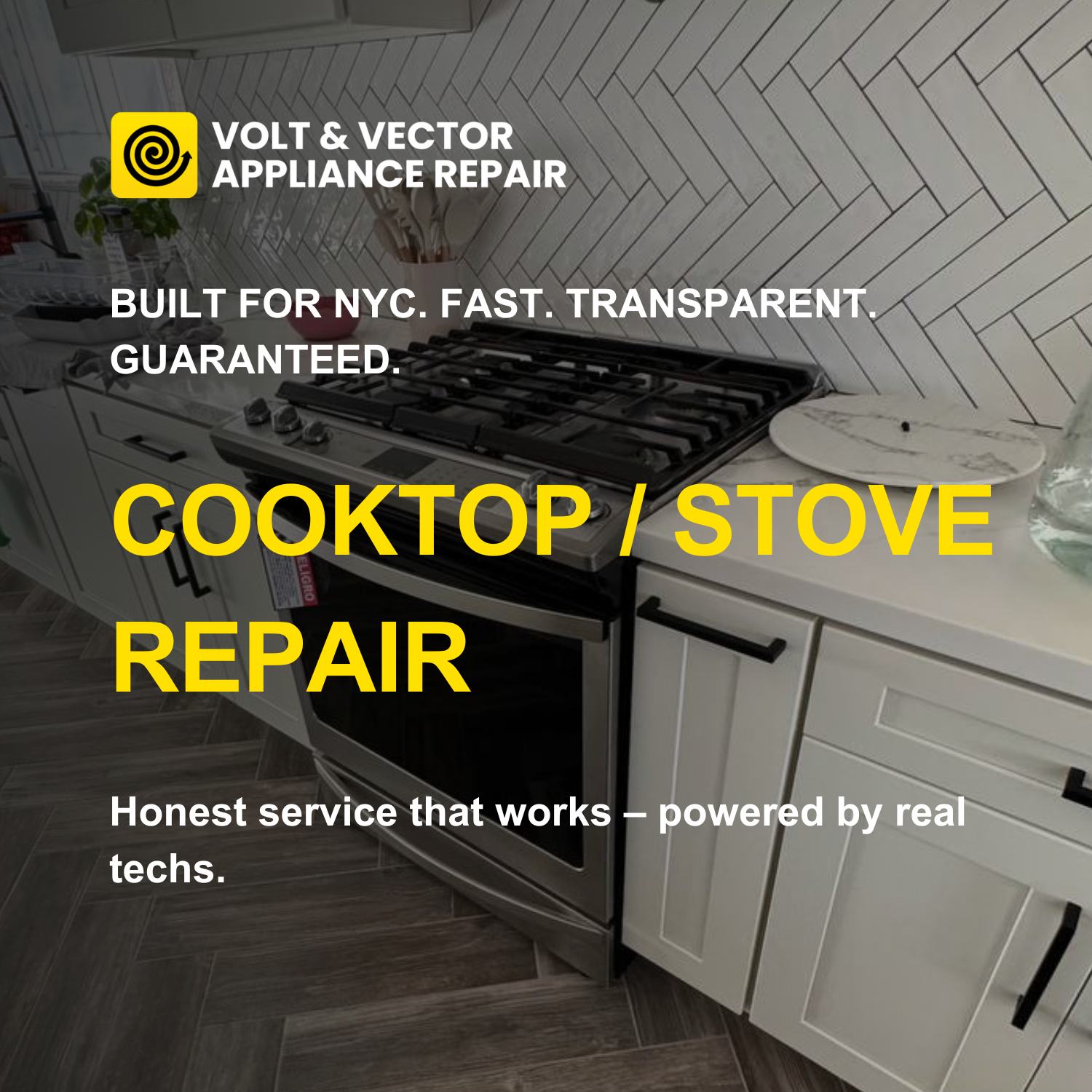



.png)
.png)
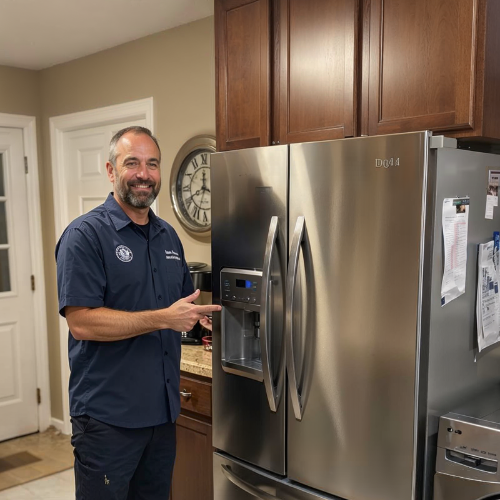



.png)
.png)
